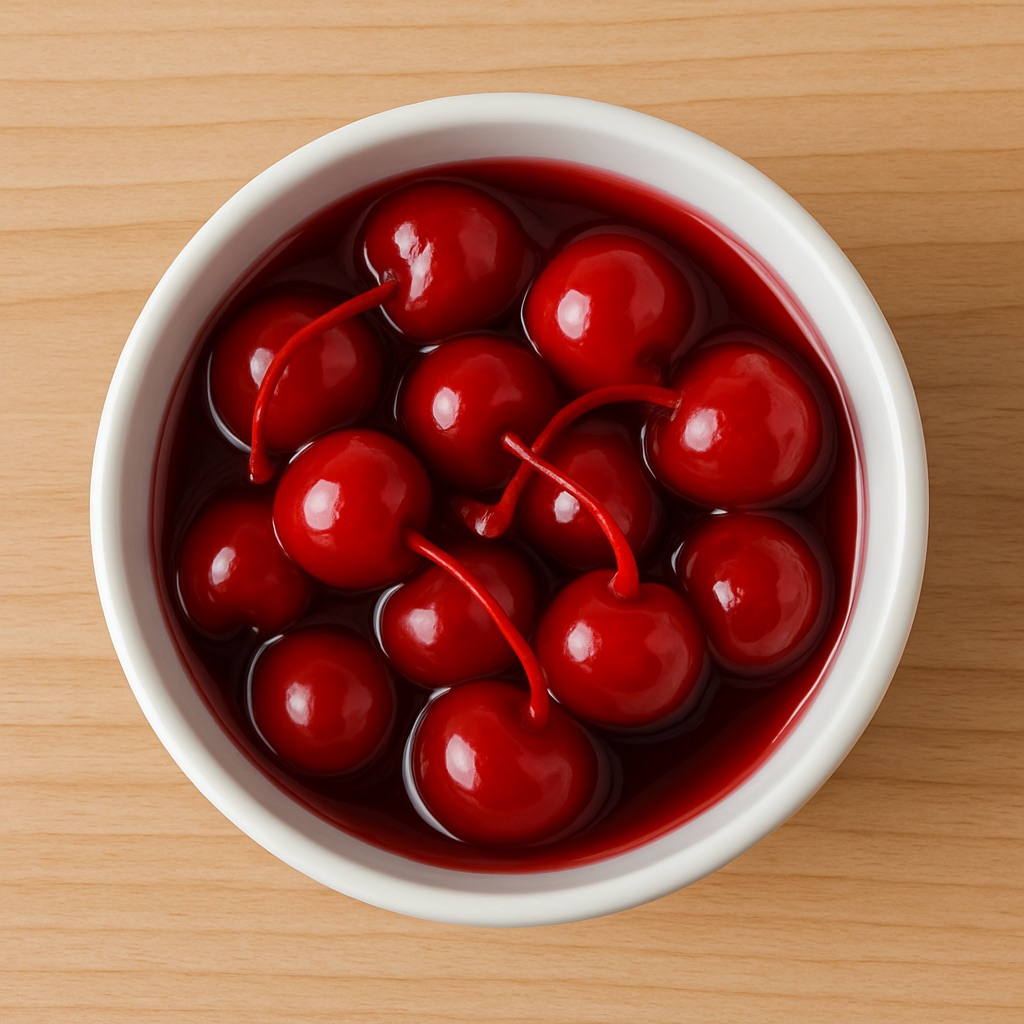Last updated on
Discover practical steps to fix a stubborn pantry door that refuses to stay shut, ensuring your kitchen maintains its sleek appearance and function.
Experiencing a pantry door that refuses to stay shut can be frustrating and disruptive to the aesthetic harmony of your kitchen. This issue, however, can be resolved through a few simple steps. With the right tools and a little patience, you can restore the functionality of your pantry door.
This article will guide you through a step-by-step process, from diagnosing the problem to implementing the solution, ensuring your pantry door remains closed, just as it should. Whether it’s adjusting the door, replacing the latch, or fixing the hinges, every detail needed to solve this common household problem is covered here.
Key takeaways:
- Verify hinge integrity, assess alignment, examine catch mechanism
- Essential tools: screwdriver, level, shims, wood glue or epoxy
- Steps to adjust hinges: open door fully, locate adjustment screws, guide door into closed position, fine-tune position, test movement, secure adjustments, oil hinges
- Common problems and solutions: warped door, settling house, faulty catch, loose hinges, obstructions, stripped screws, faulty knob or handle
- Alternative solutions: magnetic catch, roller catch, ball catch, door elastics
Identifying the Problem: Why Your Pantry Door Won’t Stay Closed
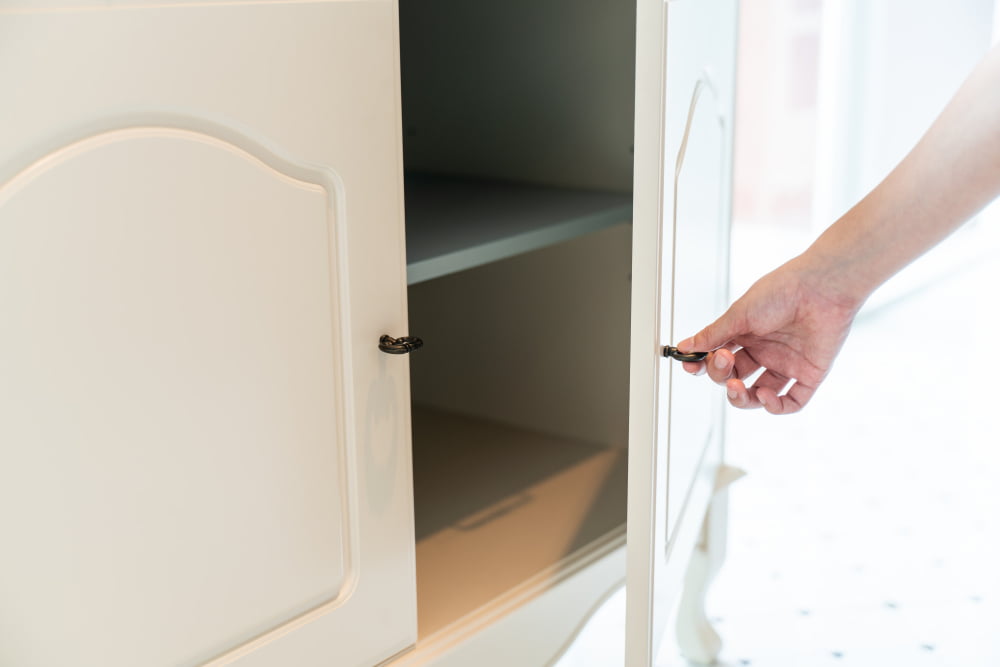
Faulty hinges, improper alignment and worn-out catch or latch mechanisms are common culprits behind a pantry door that refuses to stay shut. Wobbling while opening or closing may signify a hinge problem, whereas a door unable to sit flush against its frame may be misaligned. If it swings open spontaneously or cannot latch securely, the catch or latch might need attention or replacement.
Key Points:
- Verification of hinge integrity
- Assessment of alignment
- Examination of the catch or latch mechanism
Necessary Tools for Fixing a Pantry Door That Won’t Stay Closed
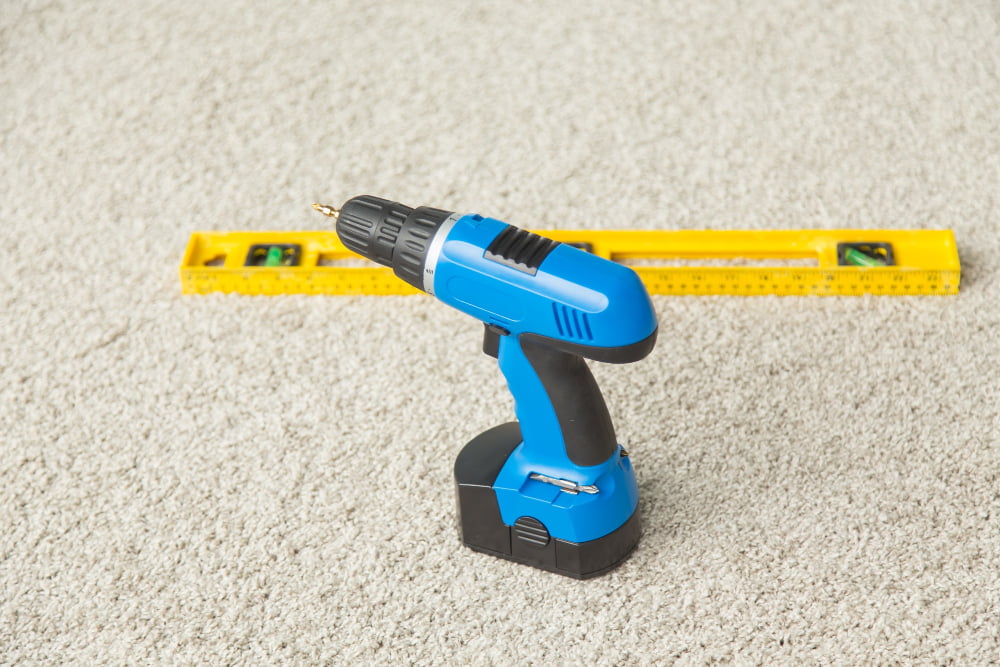
To correct the issue effectively, several tools are important:
- A Screwdriver: Necessary for adjusting door hinges and tightening loose screws. Opt for a screwdriver set as pantry doors can feature both Phillips-head and flat-head screws.
- Level: Helps measure if your door or hinges are crooked, contributing to the door not closing properly. Levels provide precision, ensuring optimal door alignment.
- Shims or Door Wedges: Useful when the door is significantly out of alignment. They can balance the door in the frame.
- Wood Glue or Epoxy: Ideal for when the screw holes have become stripped or enlarged, causing the screws to become loose. The adhesive can fill the hole to create a tighter fit.
Remember, having the appropriate tools is just as crucial as understanding the process itself, ensuring a smooth, efficient repair.
Steps to Adjust Pantry Door Hinges for Optimal Closure
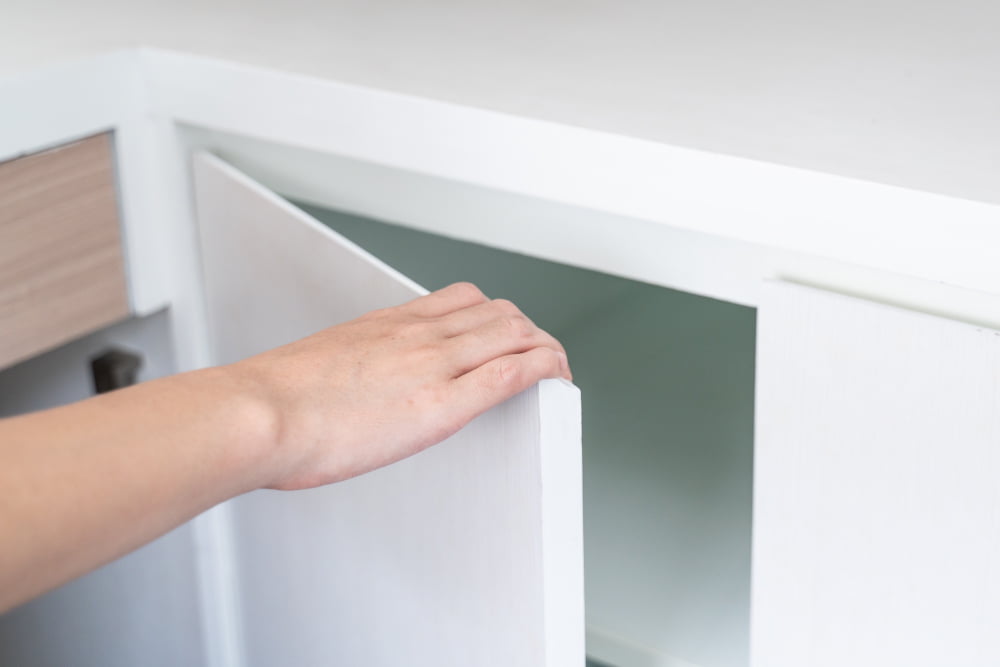
1. Position the door in the fully open state. This will relieve tension on the hinges making them easier to adjust.
2. Locate the adjustment screws on the hinge. Typically, three screws control the height, depth, and lateral movement of the door.
3. Guide the door into the desired closed position, then adjust the depth screw accordingly. Turn it clockwise to move the door closer to the frame, or counter-clockwise to move it away.
4. Fine-tune the position of the door using the height and lateral adjustment screws. The height screw allows the door to move up and down, while the lateral screw moves the door left or right.
5. Test the door’s movement. Open and close the door to see if it stays closed. Repeat these steps until satisfied with the results.
6. Secure your adjustments by tightening the locking screws on the hinge. This keeps the door in the adjusted position.
7. Lastly, apply a bit of lightweight oil to the hinges. This helps keep them moving smoothly and reduces the chance of future problems.
Potential Problems and Effective Solutions for a Pantry Door That Won’t Close
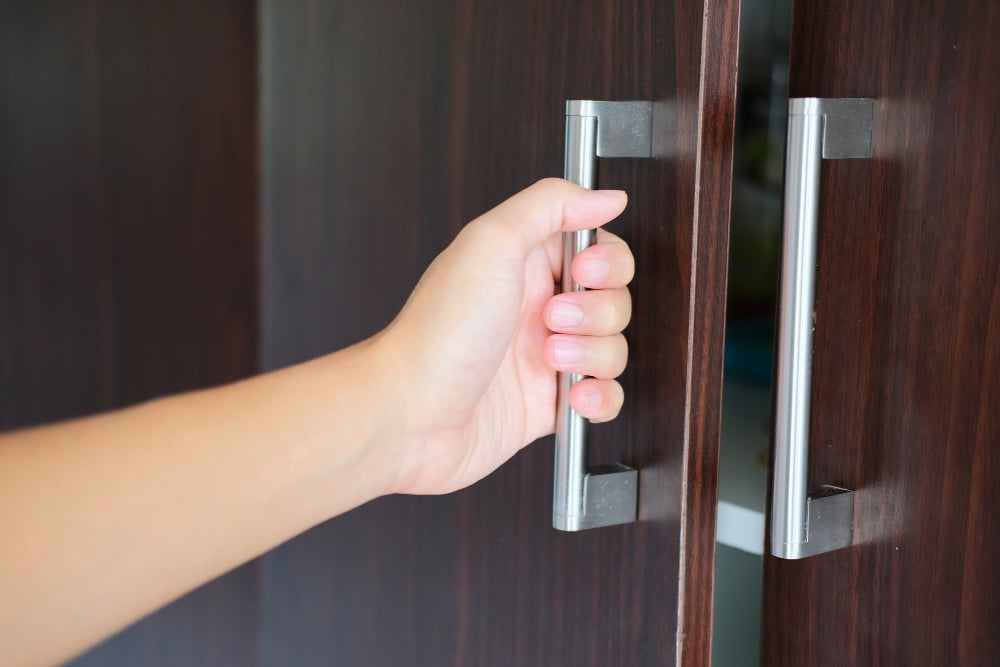
Warped Door: This deformity may prevent the door from closing properly. Sanding down the high spots or replacing the door, in severe cases, could solve this.
Settling House: Over time, houses shift, causing misalignment in doorframes. Realigning the doorframe or using shims to adjust the door helps in these scenarios.
Faulty Door Catch: A worn-out door catch can cause the door to open frequently. Replacing it with a new one is the most straightforward solution.
Loose Hinges: Regular use can loosen the screw that holds the hinges in place, affecting the door alignment. Tightening or replacing them can rectify the problem.
Obstruction: Any object sticking out from the shelves can keep the door from closing. Regularly rearranging or tidying up the pantry will prevent this issue.
Stripped Screws: These can make the door hang low or at an angle. Using larger screws or wood fillers should get the door closing properly again.
Faulty Knob or Handle: A loose or broken doorknob/handle can interfere with the door’s closing mechanism. Tightening, repairing or replacing it can resolve this issue.
Remember, each problem demands a particular solution, so ensure to identify the exact issue before jumping into the solution phase.
Alternative Solutions When Unable to Fix a Pantry Door That Won’t Stay Closed
1. Installing a Magnetic Catch: This hardware includes a metal plate and a magnetic piece which, when aligned, provide a strong pull that keeps the door in place. Installation is straightforward, requiring only a few screws.
2. Using a Roller Catch: This design incorporates a roller wheel and a strike. The door stays closed as the roller wheel fits snugly in the strike. One can adjust the tension for heavier pantry doors.
3. Adding a Ball Catch: Here, a metal ball fits into a strike plate. Upon opening the door, the ball is forced out of the plate by a spring mechanism, and when closing, it slips back. However, prolonged use might require a replacement.
4. Considering Door Elastics: Door elastics are an affordable, temporary solution. They slip onto the door handles, ensuring the door stays closed.
By selecting the most appropriate method, you can ensure your pantry door remains securely closed, even when traditional methods fail.
Considerations for Replacement of a Pantry Door

1. Assess the Current Condition: Evaluate the pantry door objectively. If it’s showing signs of severe wear, replacing is a more effective option.
2. Review Budget: While repairs are typically less expensive, they can add up over time. Estimate potential repair costs against the one-time cost of replacement.
3. Weigh Inconvenience: Consider how often the pantry door is used versus the inconvenience of a door that doesn’t function properly.
4. Material Quality: The quality and type of the new door should match or excel your kitchen’s overall style. Options include solid wood, hollow core, or glass inserts.
5. Door Design and Hardware: Choose a design that complements your kitchen; the hardware should blend in but still be practical.
6. Professional Installation: For more complex door replacements, hiring a professional installer can assure a proper job.
7. Energy Efficiency: Check for energy-efficient options if your pantry is temperature sensitive; it could save both money and food waste in the long run.
How to Maintain Your Pantry Door Post-Repair for Long-Term Usage
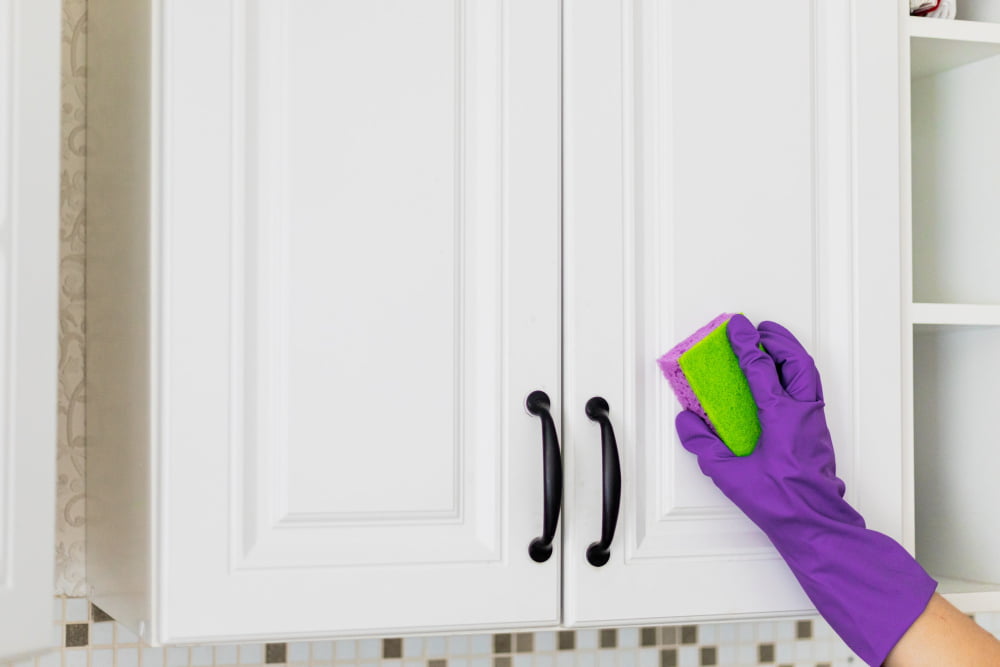
1. Regular Hinge Check-Ups: Inspect the hinges periodically to ensure they’re tight and holding the door properly.
2. Door Cleaning: Dust and clean the door regularly, including the handle and the edges where it contacts the door frame. Accrued dirt and grime can affect closing mechanisms over time.
3. Paint and Sealant Observance: Maintain the paintwork and sealant on the door. Doors that are exposed to moisture or humidity can warp, which can cause difficulty closing.
4. Mindful Usage: Treat the door with respect – don’t slam or force it closed. This can cause damage to the hinges and frame.
5. Latch Lubrication: Apply a small amount of lubricant to the door latch periodically. This will keep it moving freely and closing securely.
6. Professional Check-Ups: Consider having a professional come and inspect your door every few years to ensure everything is in working order.
By incorporating these maintenance practices into your routine, you’re sure to extend the lifespan of your pantry door while keeping it in prime working order.
FAQ
What common issues may cause a pantry door to not stay closed?
The most common issues that cause a pantry door to not stay closed include misaligned hinges, a malfunctioning latch, warped door, or an uneven floor.
What are the easy DIY solutions to repair a pantry door that won’t remain shut?
Potential DIY solutions include replacing the door latch, adjusting door hinges, or installing a magnetic catch to keep a pantry door securely closed.
How can hiring a professional help with a pantry door that constantly swings open?
A professional can accurately diagnose and solve the issue of a pantry door that constantly swings open by adjusting the door’s hinges, ensuring proper installation, or replacing faulty hardware.
Recap:



